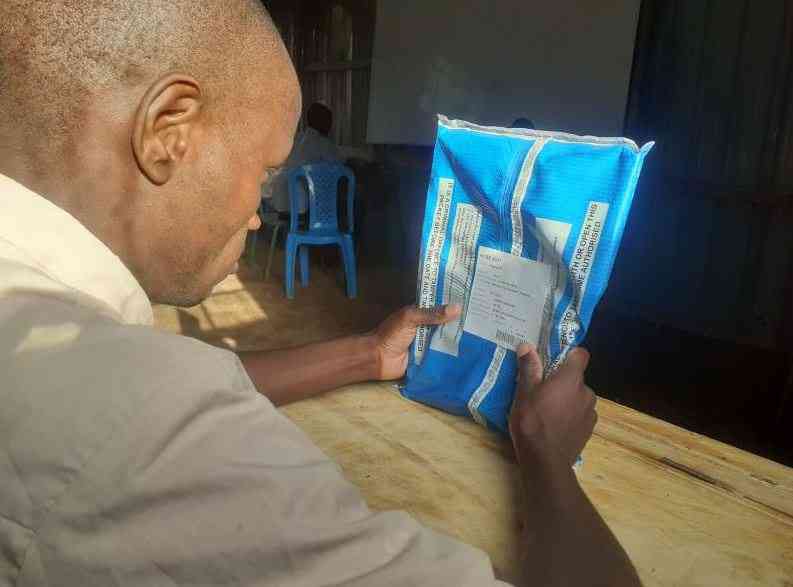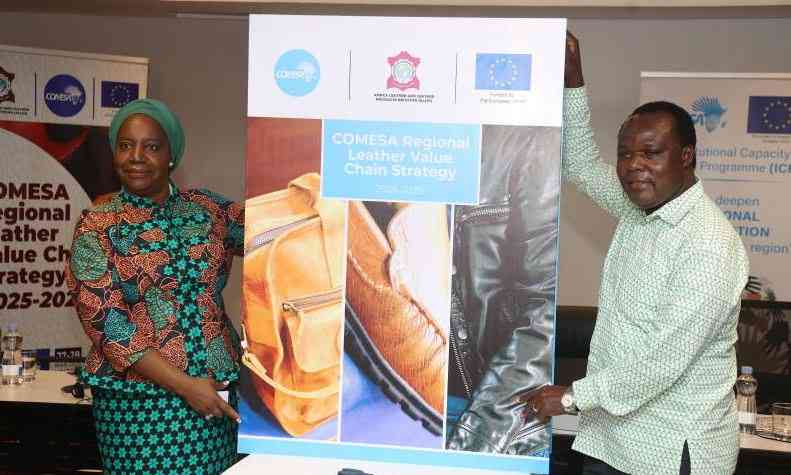There was a time when a CD player, kerosene stove and dining table were the prototype assets that almost defined a typical Kenyan home.
Today, the home has changed largely because of advanced technology and higher purchasing power that have enabled more people to afford assets that were once considered to belong to the upper class.
The dining table, CD player and kerosene stove are some of the household items that are slowly becoming outdated in a typical Kenyan household, according to a recent report by a public statistician.
At the same time, a gas cooker, sofa set, and flushing toilet are some of the items that are gaining prominence in a Kenyan home.
The report by the Kenya National Bureau of Statistics (KNBS) titled Inequality Trends and Diagnostics in Kenya 2020 has documented the household changes over 10 years. The report’s data is between 2005 and 2016. It analyses 17 home assets that are more or less basic in a home.
They include coffee and dining tables, sofa sets, chairs, beds, mattresses, kerosene stove, gas cooker, electric iron and sufurias.
The others are mobile phones, television, radio, CD player, electricity, piped water and a flushing toilet.
The argument presented by the report is that a home with more of these assets is well off.
“This is due to the fact that assets can be a reliable indicator of long-run economic well-being and provide a wider picture of welfare status of households,” reads the report.
“In terms of well-being, the more assets a household or individual owns, the better off the household or individual is.”
From the data, while ownership of a coffee table increased by 0.8 per cent to 63.8 in 2015-16, the dining table is losing its place in the living room.
During the period, ownership of a dining table was 23.3 per cent, which dropped to 16.7 per cent 10 years later.
The popularity of sofa sets, which go well with coffee tables, rose as 56.5 per cent of households acquired the item up from 47.6 per in 2005.
But that was inverse to chairs, whose ownership dropped to 57.2 from 58.4 per cent.
The famous CD player is also not a prized item anymore in the Kenyan home as its ownership dropped to 10.1 from 24.2 per cent.
Radio also dropped to 49.1 from 57.5 per cent.
This significant change in the family room proceeded to the kitchen. In 2005, the kerosene stove was the typical cooking apparatus in the kitchen, but in 2016 its significance reduced by 6.1 per cent to 37.1 per cent.
In its place, the gas cooker emerged as ownership increased from 6.3 per cent to 18.9 per cent.
Sufurias are still as prominent as they were, increasing only by 0.1 per cent to 97.9 per cent in 2016.
The improvement in the kitchen is due to technology that has led to mass production of gas cookers, hence reduced prices.
For example in 2005, a two-burner gas cooker and grill would cost between Sh4,595 and Sh6,975 if you bought from Ramtons, Sanyo or Hitachi.
This is according to a research paper titled Demand for Liquefied Petroleum Gas (LPG) in Kenya: 1971 - 2005 by Akinyi Elizabeth Joan, then a Master of Arts in Economics student at the University of Nairobi.
Today, a two-burner gas cooker goes for less than Sh2,000, sometimes as low as Sh1,500 depending on the manufacturer.
The bedroom has not changed much. The bed and mattress are still as significant as ownership went up to 90.2 per cent from 89.3 per cent and mattresses also surged with the same margin from 88.7 per cent to 92.9 per cent.
The look of the Kenyan toilet has also improved slightly courtesy of an increase in piped water (32.9 to 44.3 per cent), which saw ownership of flushing toilets go up 7.5 per cent to 18.9 per cent.
However, a significant part of the population still cannot afford even the basic items.
“About two per cent of the households lack very basic assets such as sufurias (kitchen utensils) and about 10 per cent do not own beds and mattresses,” the KNBS report says.
In 2005 most households owned six of the 17 assets, which increased to seven in 2016.
“Over time, the distribution of households slightly shifted to the right, suggesting an overall increase in the number of assets owned by households in Kenya,” KNBS says.
“There were no households that owned all the 17 assets, with only one per cent of the households owning 15 of the 17 assets over the period.”
 The Standard Group Plc is a multi-media organization with investments in media
platforms spanning newspaper print operations, television, radio broadcasting,
digital and online services. The Standard Group is recognized as a leading
multi-media house in Kenya with a key influence in matters of national and
international interest.
The Standard Group Plc is a multi-media organization with investments in media
platforms spanning newspaper print operations, television, radio broadcasting,
digital and online services. The Standard Group is recognized as a leading
multi-media house in Kenya with a key influence in matters of national and
international interest.
 The Standard Group Plc is a multi-media organization with investments in media
platforms spanning newspaper print operations, television, radio broadcasting,
digital and online services. The Standard Group is recognized as a leading
multi-media house in Kenya with a key influence in matters of national and
international interest.
The Standard Group Plc is a multi-media organization with investments in media
platforms spanning newspaper print operations, television, radio broadcasting,
digital and online services. The Standard Group is recognized as a leading
multi-media house in Kenya with a key influence in matters of national and
international interest.










